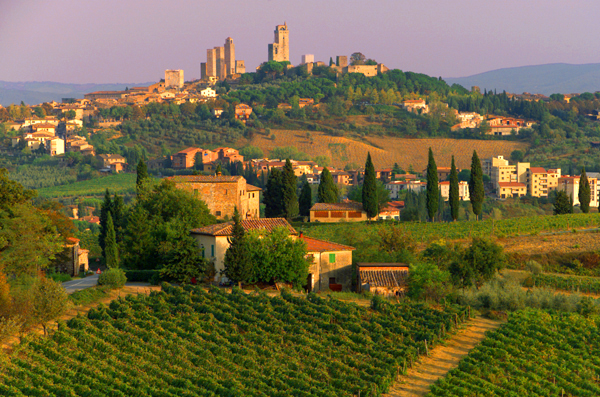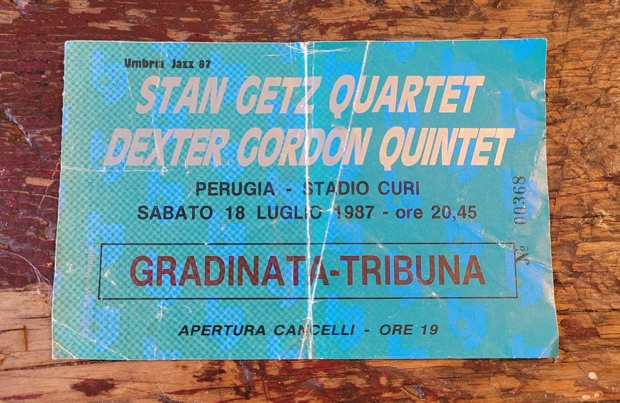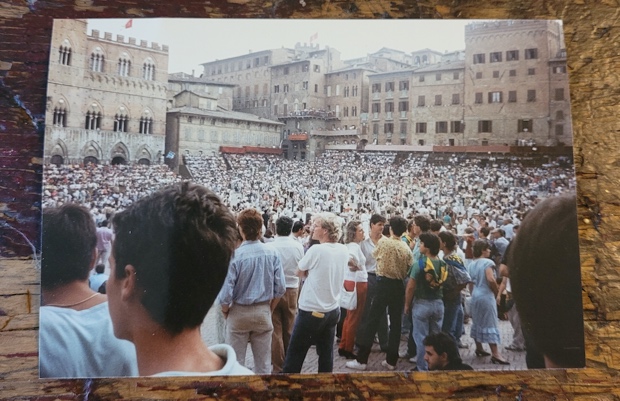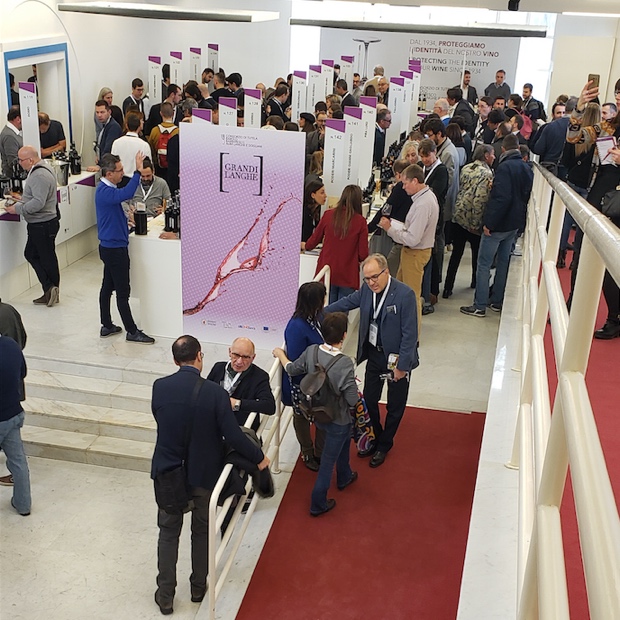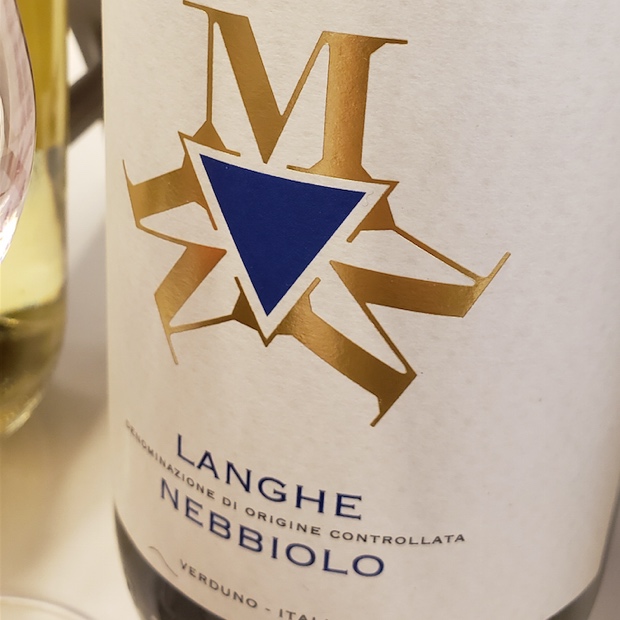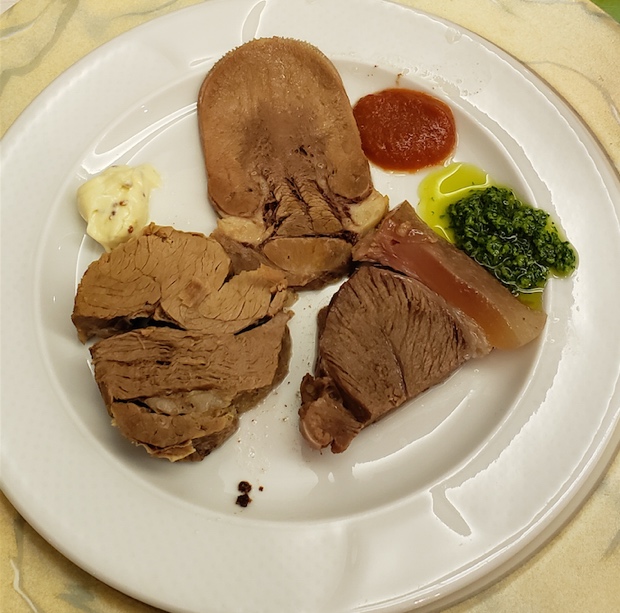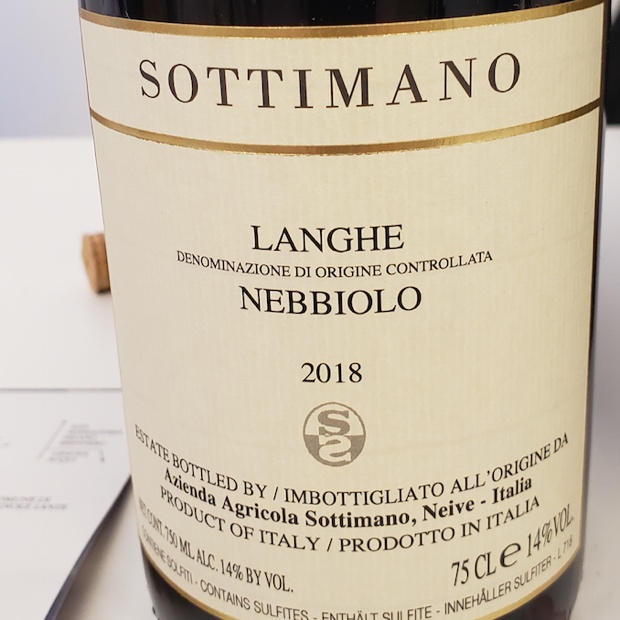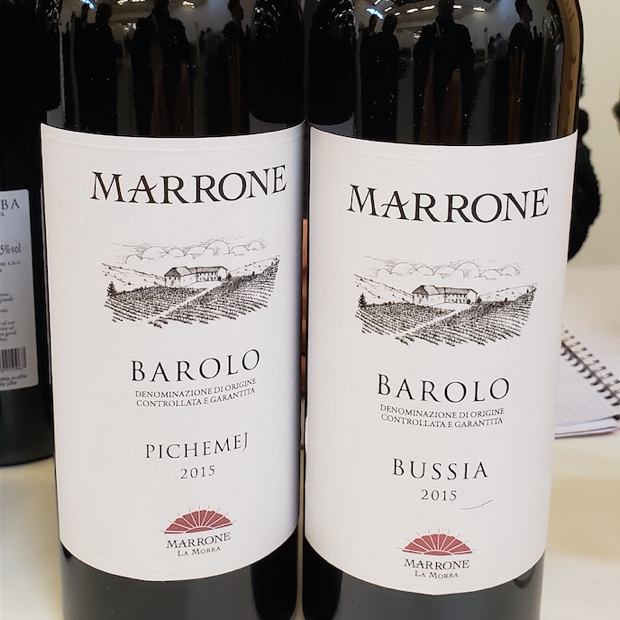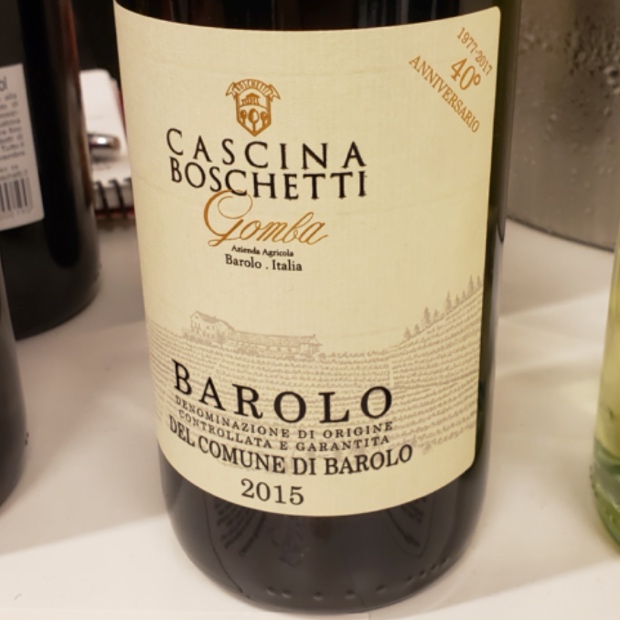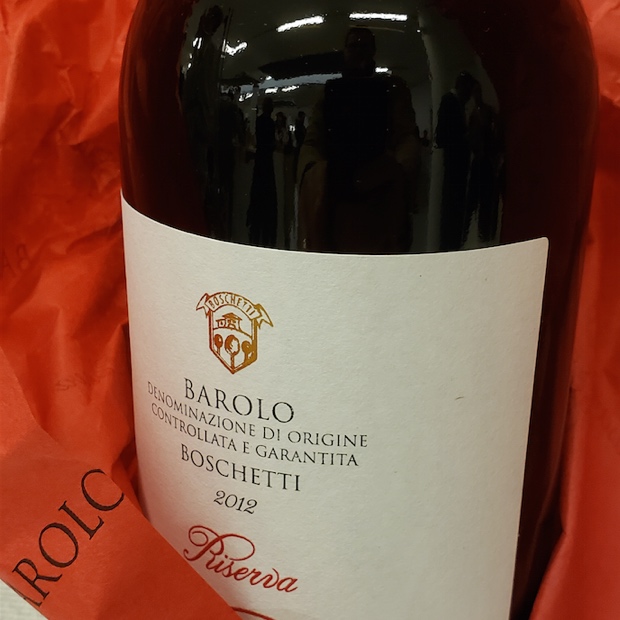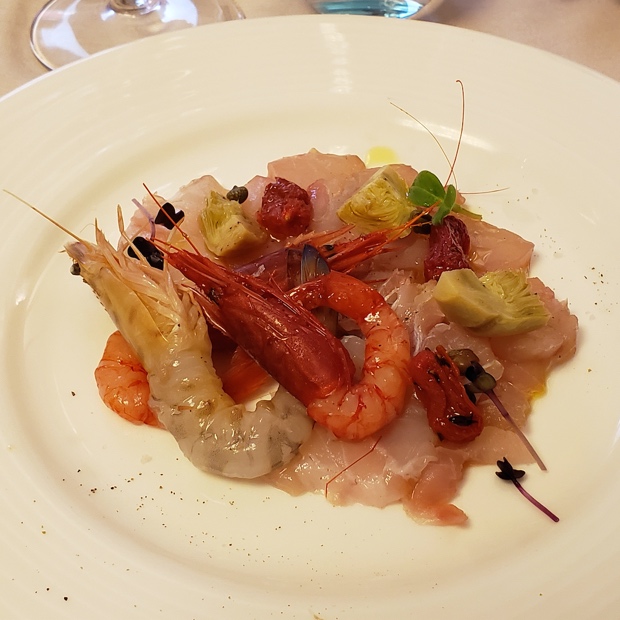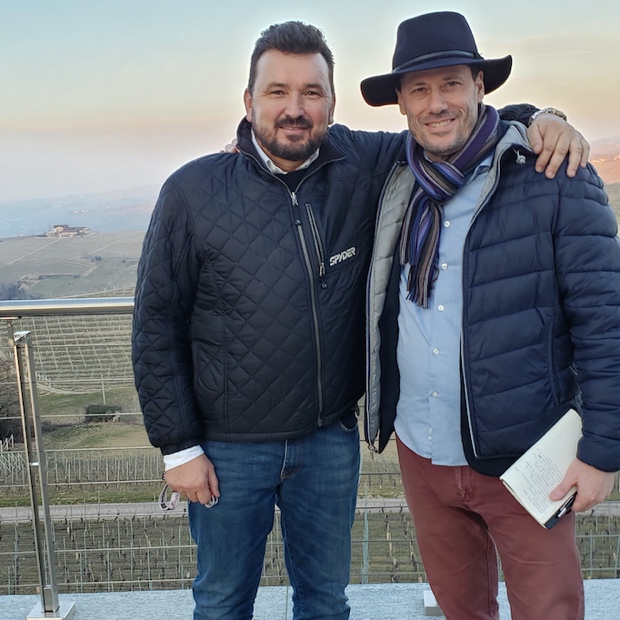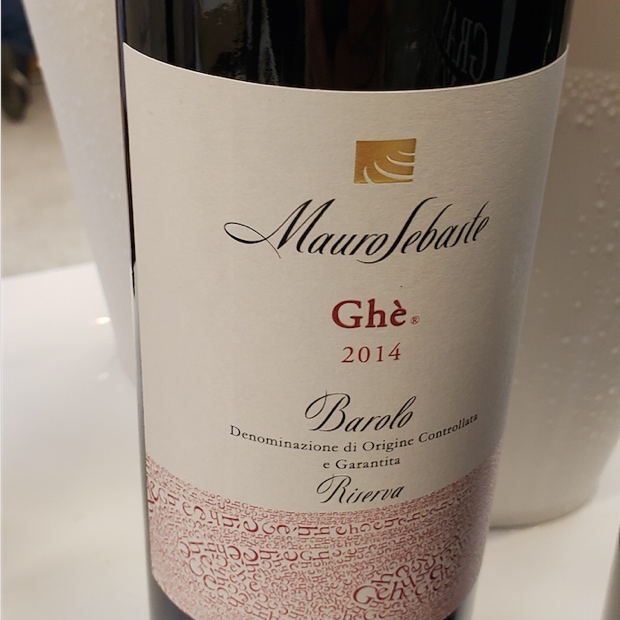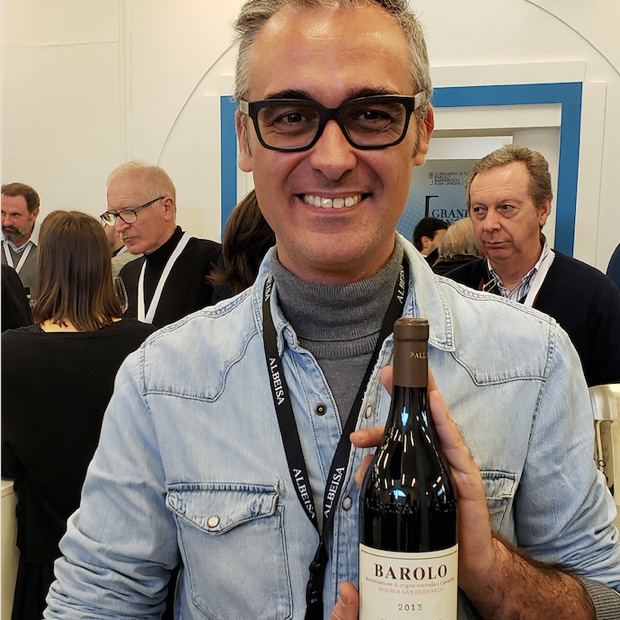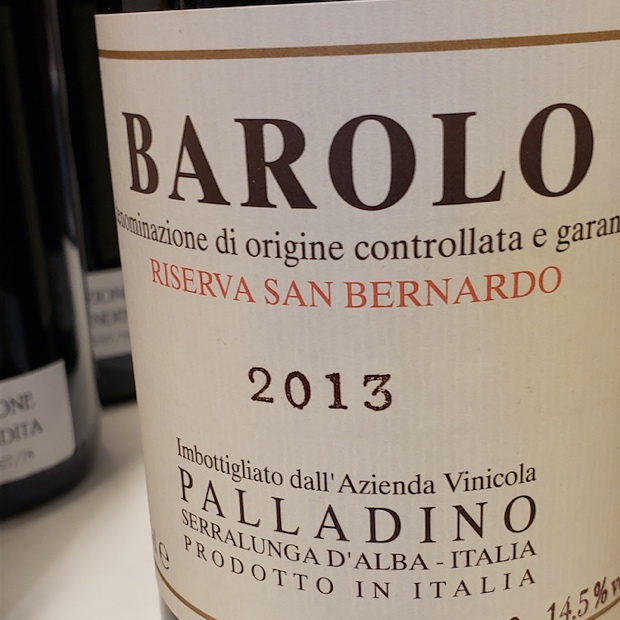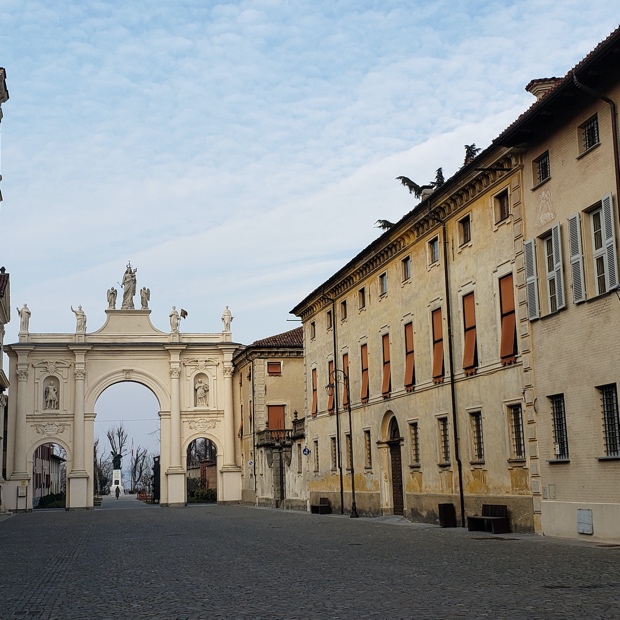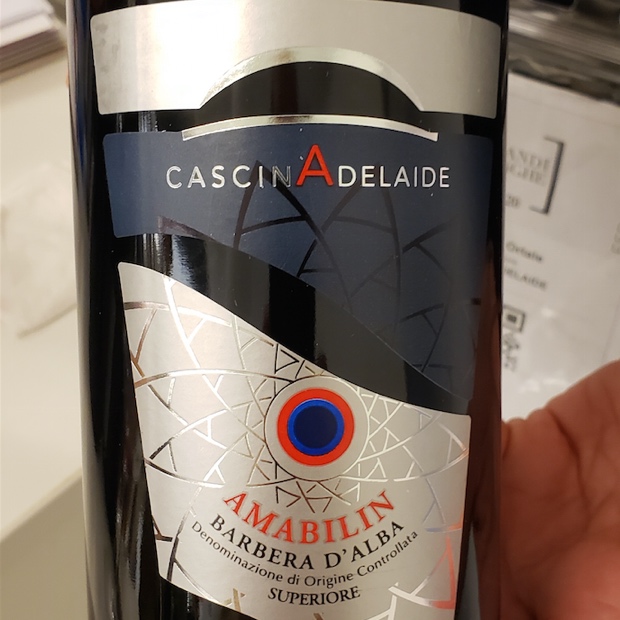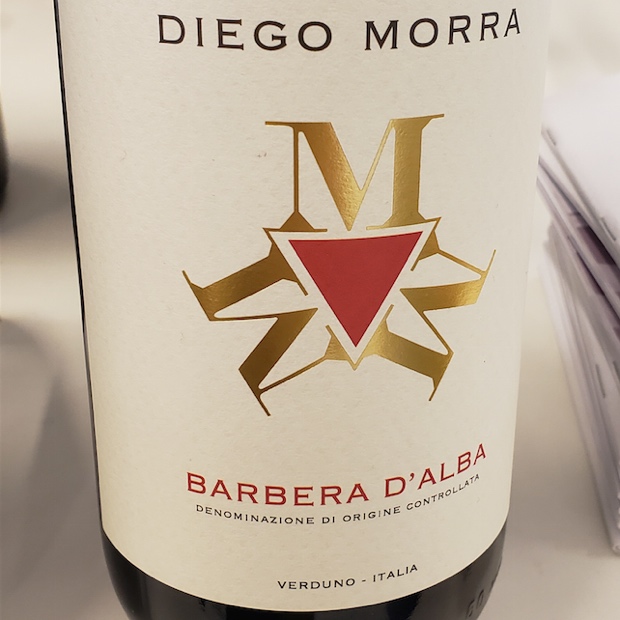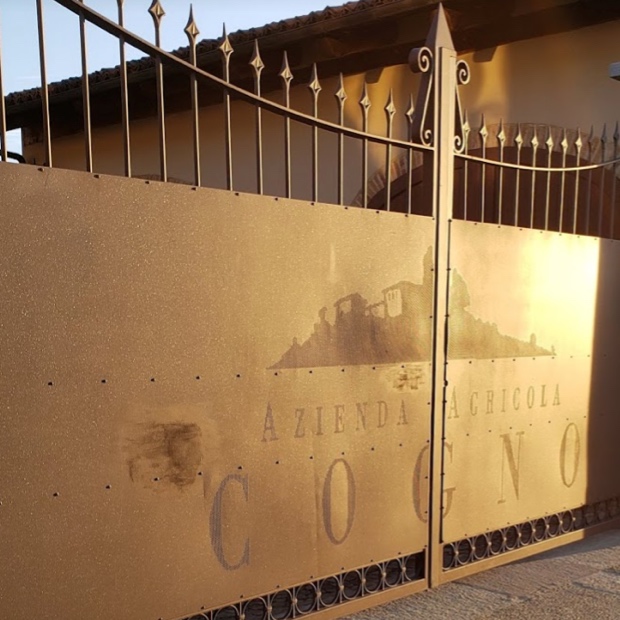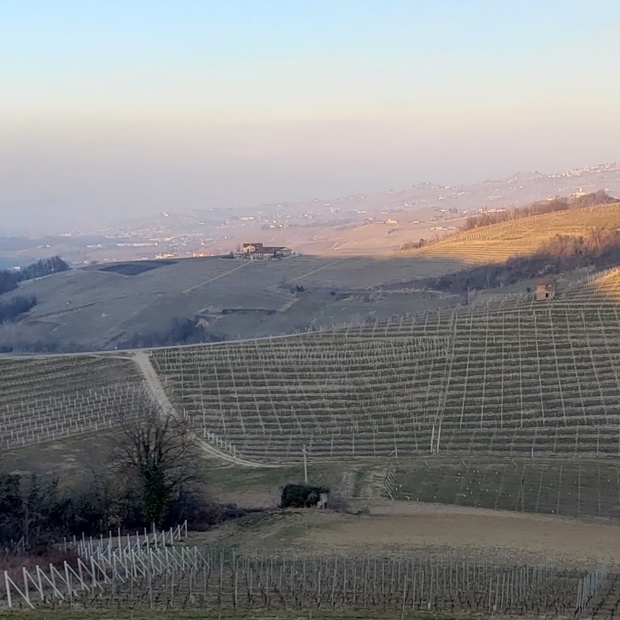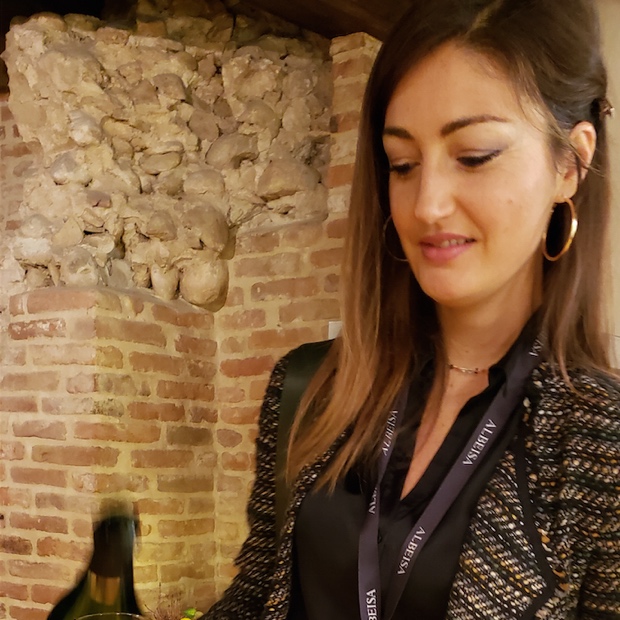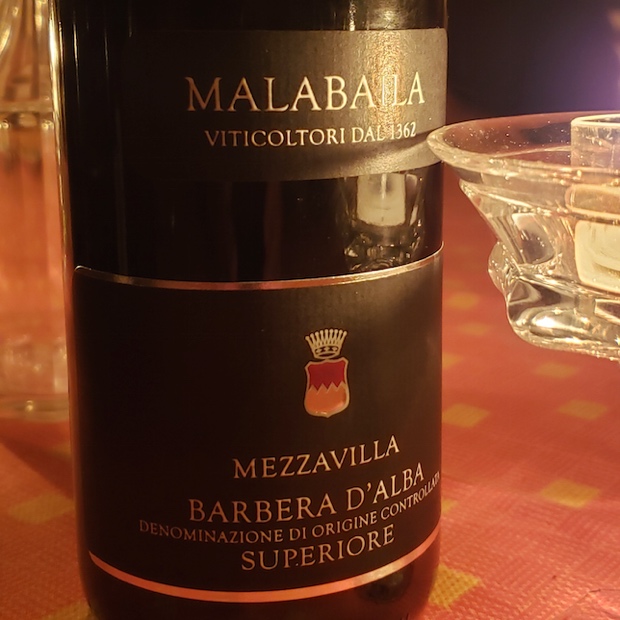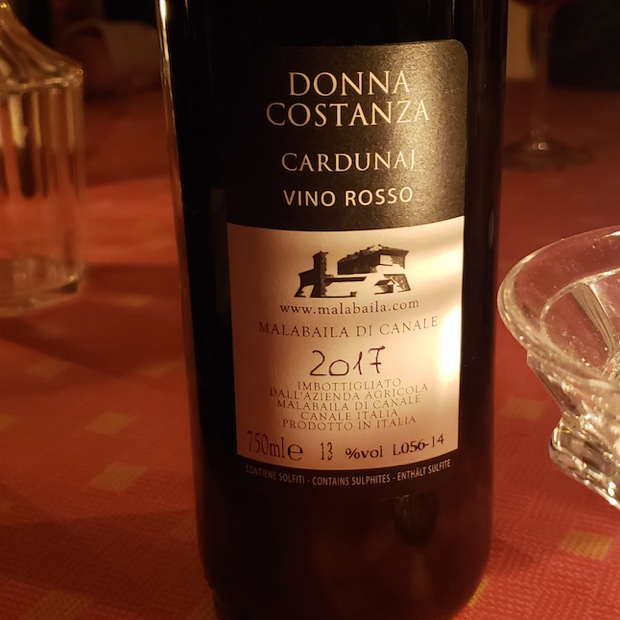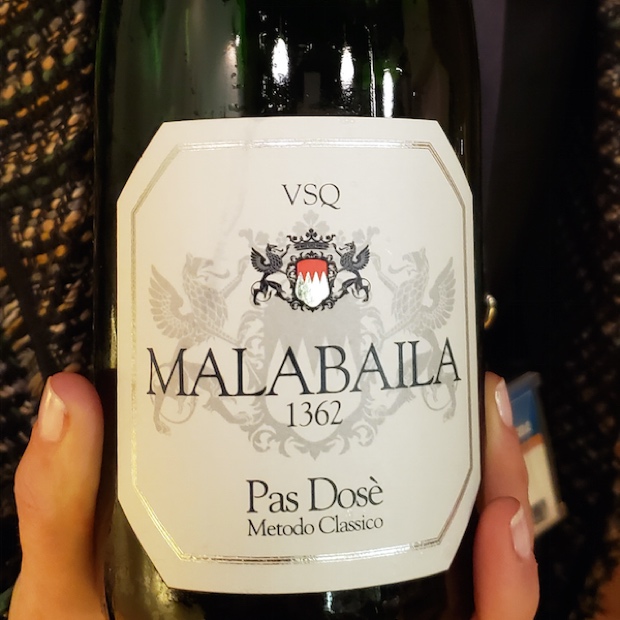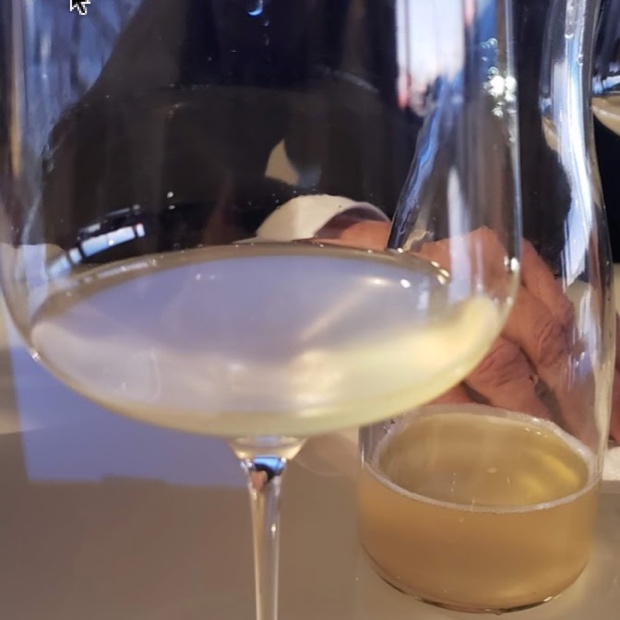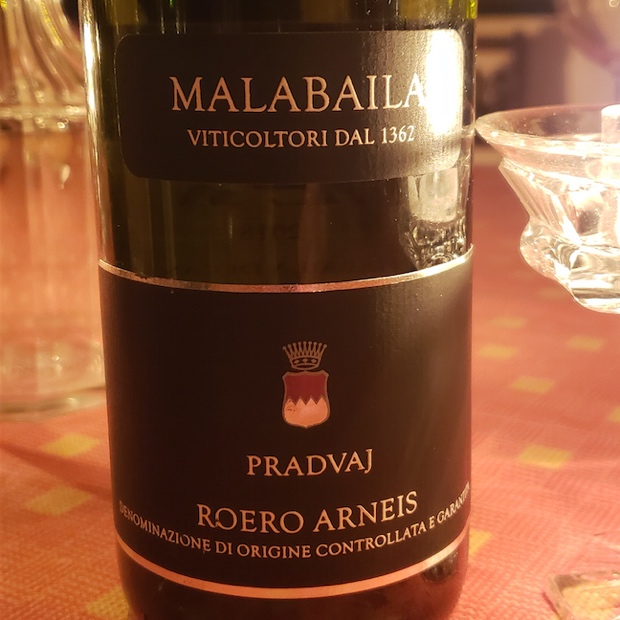Back in the summer of 1987 I attended the Umbria Jazz Festival in Perugia. This was considered “the benchmark year for Umbria Jazz in terms of the Festival’s appeal, its quality, its ability to combine popularity with exclusivity, with mass concerts in the football stadium and the fantastic evenings inside St. Francis’ church.” The memories of that July 16th to 18th weekend are strong, persistently vivid and what happened there was clearly transformational in my life. Sting had played the weekend previous and though my crew could not stay long enough to see Miles Davis on Sunday the 18th still there were grand moments indelibly stamped upon our lives. Walking the Piazza IV Novembre up to Nicola and Giovanni Pisano’s Fontana Maggiore, drinking in the cafés, Sly and Robbie sitting at the next table. But the highlight happened at the Stadio Renato Curi where Dexter Gordon blew his horn and our minds. The saxophonist was fresh off of a revivalist’s record and hit movie. He was Doin’ Allright, as were we.
Jazz and wine. Two inextricably linked subjects and emotions in the summer of 1987. Now 35 years later I’m listening to Gordon’s seminal record and tasting wine. Time spent Far Niente. Tasting Italian wines from a wide ranging group of producers while paraphrasing from thoughts about the music of the OG big man, with no disrespect intended to Clarence Clemons. Dexter’s life and this group of wines are representative of that kind of size. Their rhythm section plays for the grape, seeming to sense what it wants, following the varietal lead and never falling out of balance. Full toned manner of wines, loping in medium tempo, solos unhurried, logical, warming and full of Italian melodies.
There are white wines that play beautifully and pensively while others pick up the mood by spinning out solos, staying texturally relaxed and thoughtful, ending with some perfumed chords. There are short bits and interludes but ultimately the way these wines handle their ballads is an indication of their length and depth. They know what it’s all about. The reds are at times wines of catchy and contrasting themes but they truly know how to build a solo. In today’s warming climate they climb up in temperature, chorus after chorus, until finally they satisfy at their apex. There are moments when the reds seem to be skipping and marching, alternating between funky riffs, leaping rhythmic figures and brightly lit burning flames of fruit and acidities. They build more slowly to climax while expanding in tones and for longer periods of time. There are chordal explorations in reds, blacks and of course blues. What connects them all is underlying substance in waves and weaves throughout each ensemble. Tasted consecutively or together theses wines all prove to be mutually significant. Thank you to Ira Gitler for the inspirational notes, to Stefania Tacconi and the prodcuers for sharing their wines.
Inama Vin Soave Classico DOC 2020, Veneto
Anything but entry-level from the grape garganega once known as Graecanicum grown in the basaltic lava, volcanic tuffs and orizzonti rossi. About as correct and defining as it gets for Soave, yellow and green floral, fruit recall more of the same and then the volcanic rock alterations that give the mineral-salty feel. While there might be a wish for a little bit more complexity and grape spirit there is some gelid to viscous texture in this 2020. In any case Inama’s is well made, educational and right on the varietal money. Drink 2022-2024. Tasted March 2022
Abrigo Giovanni Favorita DOC 2020, Piedmont
As for white wines from Italy’s northern climes there are those that speak to many and then there is the “favorita” of others, the varietal Piedmontese white for the dreamers and the romantics. This from Abrigo out of Diano d’Alba avoids the bitters, pith and boozy thiol moments to instead capture all the white flowers and more. The scents are fruity over metallic and clean instead of waxy. There is precision and most importantly a toothsome grace over the palate that brings you back for more and more. A picnic in the hills, a chilled glass after the day’s movement and the scent of dusk. That is favorita when it’s right. Drink 2022-2024. Tasted March 2022
Terra Costantino Etna Bianco DOC Deaetna 2019, Sicily
Terra Costantino’s is from Contrada Blandano in the Comune Viagrande, on soils sabbie di matrice vulcanica, a blend of carricante and catarratto, three to one, at 500m, part bush vine and part spurred cordon. Were the flinty smoulder the only beautiful thing going for this Etna Bianco it might almost be enough but the gelid and sweetly ripened fruit takes every moment to a higher caste and level. The thought of these wines being honeyed is not all that common and yet he we are, aromatically speaking, lemon meringue and curd, angel food cake, with the barrel impart knowable in vanilla and light caramel terms. A metallic feel as well, pure platinum gold, texture and some age already put behind. Not so typical but curious and highly enjoyable nonetheless. A drink now chardonnay or chenin blanc alternative that will begin to oxidize in a couple of years time. Drink 2022-2024. Tasted May 2022
Poggio Argentiera Morellino Di Scansano DOCG Bellamarsilia 2020, Tuscany
High-toned in 2020 with a marked level of volatile acidity and good if not maximum ripeness from sangiovese grown either in a (relatively) cooler year near the (Maremma) Tuscan coast. It would seem the winemaker is also looking for restraint and maintaining positive acidity because at this low level (13.5 per cent) of alcohol the resinous and stemmy nature of sangiovese is duly noted, if also accentuated. Texture is a bit chalky, almost grainy and the tannins throw a touch of green. Drink 2022-2023. Tasted May 2022
Usiglian Del Vescovo Il Barbiglione 2015, Terre Di Pisa DOC, Tuscany
From estate grapes in the Pisa DOC and from a winery also producing wines both coastal and in Chianti appellations. Centred around syrah with small percentages of cabernet grown in greyish, dry, shallow, sandy soil with some clay, lime and fossils. A bright, currants and other red fruit syrah with notable tang and wood resins. A touch pectin sappy while satisfying and complete. Held back to tame its wild side and drink upon purchase. Drink 2022-2024. Tasted June 2022
La Regola 2018, Toscana Rosso IGT
A place of Etruscan origin just five kms from the Tyrrhenian Sea at Riparbella in the Cecina Valley. The vineyard lays within the Montescudaio DOC at 150-200m with soils described as Mediterranean with an abundance of stones. La Regola’s (the rule) is varietal cabernet franc, abundant, heady and as compared to the blended reds, so unfettered and uncluttered. The varietal purity is expressly coastal, of saltiness, algae, seaweed, tar and fruit so much more than a plenty. This is truly a stylistic and a place that makes wines just like this here screaming with clarity and truth. There seems to be little doubt that cabernet franc fits, unlike sangiovese, syrah or cabernet sauvignon. Franc is the signature red and 2018 announces its success. The structure, unimpeded drive and length confirm the pronouncement. Drink 2024-2029. Tasted June 2022
Boscarelli Vino Nobile De Montepulciano DOCG 2019, Tuscany
Boscarelli is a name to conjure with, a producer from Montepulciano as direct and exciting as a communicator of sangiovese emotion as any, consistently declarative in attack. Case in point this 2019 though with the added advantage of a most generous and unselfish vintage. Fruit comes from estate vineyards in the parish or pieve of Cervognano, one of 12 newly minted UGAs, a.k.a. unità geografiche aggiuntive. These additional mentions for the overall appellation give us the consumer a more pinpointed sense of place and in Boscarelli’s world the vines were planted in the late 1990s. Depth burrows in an endless seeking of mineral wealth while highlights rise unencumbered, defying gravity and setting this local sangiovese free. When sangiovese does both it’s a bit of a revelation and in Montepulciano the truth is not always easy to come by. The wines can make you work for your pleasure and this 2019 gifts it freely. Drink now and for the next 10 years. Drink 2022-2028. Tasted May 2022
Il Bocale Montefalco Rosso DOC 2018, Umbria
The Umbrian work of i famiglia Valentini based around sangiovese accented by the local sagrantino, then merlot and colorino. Unequivocally balanced if not quite the increasingly generous vintage that will follow in 2019. The succulence and juiciness of the Montefalco Rosso appellation is captured with precise and succinct advantage and done so without any due stress or adversity. The fruit spreads with ripples into fine acidity and supple tannins like a large rock dropped into a pool of water. The rock disappears but the fluidity and gentle set of wakes linger on, ever so slowly decreasing their size and intensity. Bocale’s ’18 is an effortless Rosso, aromatic, flavourful and elastic. This is just what a top producer knows how to do. Drink 2022-2025. Tasted June 2022
Il Bocale Montefalco Sagrantino DOCG 2016, Umbria
From the Valentini family dating back to 2002 and a varietal sagrantino of the highest selection. “Bocale is the dialect word that indicates the two litre mug of wine or oil, but, above all, the name with which this family from Montefalco has always been identified.” From the most democratic of Montefalco vintages, long, studious and just, indeed a wine giusto e completo, time having settled the once formidable tannin and connecting the early unconnected parts. A wholly unique profile, indicative of tar, dark chocolate and espresso yet subtly so, with an allowance of many complexities to join the parade. Quite special in so many regards. Drink 2022-2026. Tasted April 2022
Riecine Chianti Classico DOCG 2019, Tuscany
Grande Gaiole compass, cinch and girth in naturally swarthy sangiovese from Riecine in 2019, crunchy and tart. Inching up towards the volatile but such is the word in pace for the vintage. The fruit can handle the stark reality and veritable truth, equipped with grip and ready for the inevitable circumstance. Maybe wait a year for further resolution. Drink 2023-2027. Tasted February 2022
Consistently presents with an evolved aromatic tendency as it breathes maturity into every phrase it plays. The jazzy mix of violet, spice cupboard and freshly baked earthenware speaks in open and knowable truth for a wine so upwardly representative of a DOCG with roots dating back to 1716. That is when Cosimo III de’ Medici, Grand Duke of Tuscany granted exclusive status to Carmignano at the same time he did so for the Classico territory of Chianti. Was not the easiest vintage to deal with and yet this is one of the Tuscan stars what with the piquant yet elastic spice condition rolling off of the palate with sage, fresh tobacco, finnocchi and tartufo. Deals with 14.5 per cent alcohol without adversity while modelling symbiosis between sangiovese and cabernet sauvignon. Hard to do much better with the aridity and warmth, breathe life and plan for five-plus more years of pleasure. Drink 2022-2026. Tasted June 2022
Azienda Agricola Reassi Sparviere 2018, Colli Euganei Cabernet DOC, Veneto
Reassi’s two-thirds cabernet sauvignon and one-third cabernet franc comes from the Padova area in the Veneto, famously home to some of Giotto’s most profound and important 13th/14th century frescoes housed in the Cappella degli Scrovegni. The estate’s 1997 planted wines are located in the zone of Carbonara di Rovolon, harvested near the end of September and only 3,500 bottles are produced. This is a cheeky cabernet at the lead for the Colli Euganei DOC, full of sweet tar and tobacco, petrol in cars, wood resins, fruit from pods that grown on trees and really quite bright in disposition. How can you not adore the vitality and low alcohol proposition (12.5 per cent) plus this genteel pectin and glycerol feel. “Oh, it’s magic, Uh oh, it’s magic. Just a little magic, you know it’s true.” Drink 2022-2025. Tasted May 2022
Abrigo Giovanni Barbera d’Alba DOC Marminela 2019, Piedmont
At the DOC Barbera level it would be hard to find another example so open, forthright, up front, bright, getable and delicious than this Marminela by Abrigo. Classic interpretation indeed yet without rustic strings tethering it to the past, instead expressive of a freedom to explore. Here barbera throws aside traditions in a spirit of experimentation. This is a blend of grapes from two vineyards in the municipalities of Grinzane Cavour and Diano d’Alba and aging takes place for nine months in concrete vats. Freshness is dutifully captured, preserved and the barbera perseveres. Will drink this way for two, maybe even three full years ahead. Drink 2022-2025. Tasted June 2022
Rocche dei Frisu is Abrigo’s top end, purest expression of barbera, from vineyards in Diano d’Alba and also nearby. The sites range in elevation between 230-360m, on clay-based soils mixed with sand and limestone, depending on the block. The name could mean “cones of frieze” in the literal sense but probably a name given to a hill of natural architecture that when looked at from afar there would be some sort of illusory effect. As in art, whereby a trompe l’oeuil or trick of the eye is created by a broad horizontal band of sculpted or painted decoration. In any case the barbera in this bottle does the exact opposite with its openly blatant and striking set of ripe fruit, varietal acidity and full throttle potency. Not shy to be sure, nor heavy neither but there is power contained within this bottle. Even after nearly four years the Frisu does not relent and as a member of the Alba Superiore fraternity the representation is bang on. Plenty of stuffing will see this through to the end of this decade. Drink 2022-2028. Tasted May 2022
Abrigo Giovanni Nebbiolo d’Alba DOC 2019, Piedmont
Marked valuation in animal musk through the masculine scent of Abrigo’s nebbiolo from Diano d’Alba, a parochial example equally rich in classic DOC notes. Only the nebbiolo from Alba’s territory smells and tastes like this, accentuated by wood with spice infiltration inside and out. The animal magnetism is captivating, as much as the barrel accents are condiments to the fruit and earth that fill up this nebbiolo. Quite tight for 2019, needing some time, acids equally taut and being open three days helped immensely. Be patient with this Alba, it will reward those who are. Drink 2024-2028. Tasted June 2022
Abrigo Giovanni Barolo DOCG Ravera 2017, Piedmont
Diano d’Alba producer of a Barolo in the municipality/cru/MGA of Novello. Meets the specs of Tortonian soil, laminated Sant’Agata fossil marl, in other words calcareous clay, deeply entrenched, at 400m, vine age ranging 20 to 35 years. Fifty per cent is treated to long skin maceration i.e. cappello sommerso and despite the aridity and heat of 2017 there is freshness captured in Abrigo’s Ravera. Luminous and immediately spicy, a piquancy of pure nebbiolo spiked by time, vintage and lastly barrel. Amazingly persistent Barolo, full, substantial and in charge. Must give this three more years to integrate and allow us to grow as tasters, eventually to be ready and willing to enjoy this wine. Drink 2025-2032. Tasted June 2022
Tenuta Di Pietrafusa Villa Matilde Avallone Fusonero 2015, Taurasi DOCG, Campania
Varietal aglianico from the Taurasi DOCG and a producer that also fashions top quality wines at IGT Campania prices coming in at under $20 CDN. This top drop comes from the production zone of Montemarano e Paternopoli off of vines planted in 1968 and 1985. The first commercial vintage was 2004 and so here in the 12th iteration is a most generous vintage from which the best of all worlds is accessed. The world of aglianico is reached earlier than that which hesitantly emerges out of some hard, at times sufferable and surely tannic vintages. Here the fruit is nearly up front, artistically open and and even playing with musical swagger. There is room for all the aglianico because they provide the opportunity to enjoy the standards, originals and forward thinking examples. Fusonero is a delightful combination of all three and for that we are grateful. Drink 2023-2029. Tasted June 2022
Good to go!
godello
Twitter: @mgodello
Instagram: mgodello
